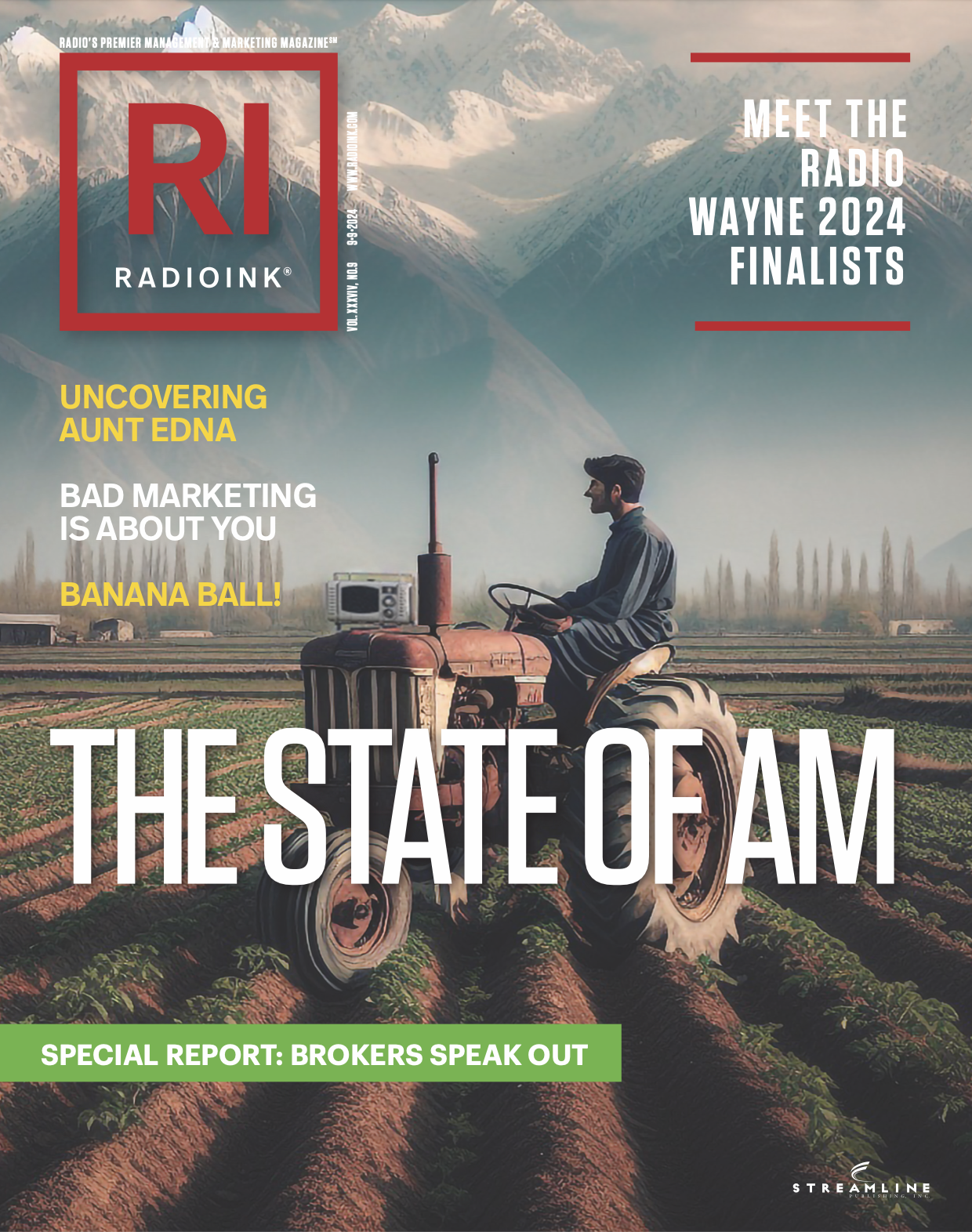
As radio remains a favorite of American adults across generations, new data is showcasing how heavily AM/FM is consumed, even among “super” TV and internet users. However, radio also plays a crucial role in reaching those less engaged with other media.
Katz Radio Group‘s analysis of national Nielsen Scarborough data highlights that radio reaches 91% of adults aged 25-54 weekly, with an average daily listening duration of 1 hour and 12 minutes.
Of heavy internet and TV users, Scarborough reveals radio maintains a 90% reach. This demonstrates that increased consumption of other media does not diminish radio’s role; in fact, television and internet super-users spend as much time listening to radio as the average person in this age group.
But what if you flip the usage? Among adults 25-54, half are considered light TV users, watching under 15 minutes per day, and a third are light internet users, logging only about 3 hours and 16 minutes online per week.
91% of light internet users and 89% of light TV viewers are reached by radio, engaging with it for similar durations as their more media-engaged counterparts. Since these individuals are less likely to encounter advertisements on TV or online, radio becomes an essential medium for brands to reach them.
In April, a separate Nielsen Audience Insight showed that radio has an overall 82% weekly reach, outperforming Connected TV at 75% and linear TV at 74%. Notably, the youth demographic, ages 12-17, spends an average of 4 hours and 33 minutes daily on radio, surpassing their 2 hours and 53 minutes of daily TV watching.
Radio now boasts a 12% larger average audience than TV among 18-49-year-olds and reaches 40% more individuals in this demographic. Daily engagement for both TV and radio is nearly identical, averaging just over an hour.
Given the World Advertising Research Center’s stance that media effectiveness often comes from reaching light or infrequent buyers, broad-reach platforms like AM/FM are crucial for driving sales and profits, in contrast to the limited impact of narrow targeting.






